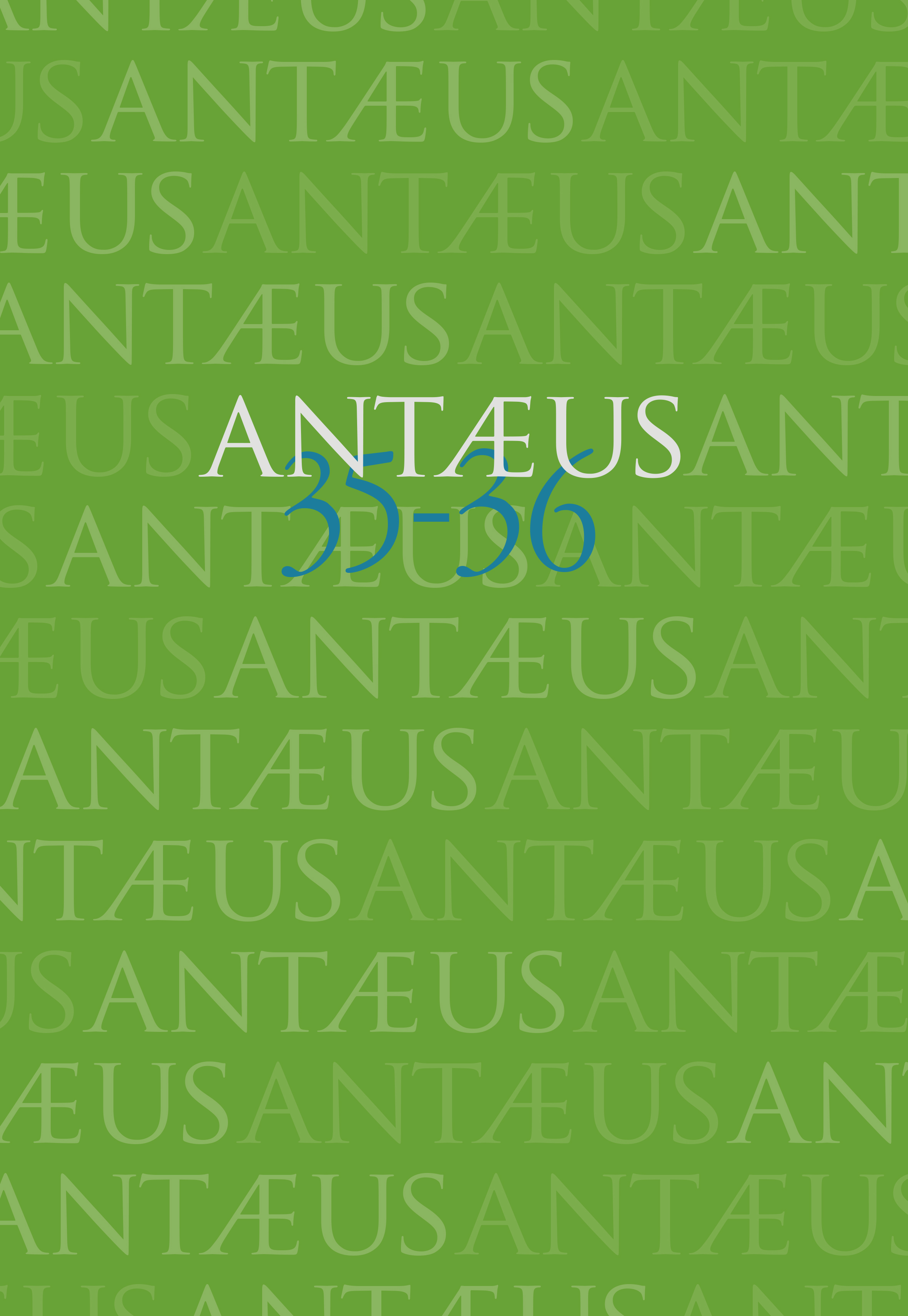|
Romani et Barbari in der Keszthely-Kultur Róbert Müller 
AbstractIn the light of new, well-documented excavations, the Keszthely culture can be divided into two distinct phases. The first phase flourished in the last third of the sixth century and the earlier seventh century, and its centre can be located to the Fenékpuszta fort. The grave goods suggest that in addition to a surviving late antique population, we can reckon with the presence of Balkanic and north Italian population groups who fled to the Avars in the face of the Slavic advance as well as with smaller Germanic groups who had joined the Avars in the hope of booty. The burial rites and the continued use of the Early Christian basilica at Fenékpuszta suggest that this population was Christian. The Fenékpuszta fort was destroyed around 630 and it remained unoccupied for some two decades. The elite disappeared. New cemeteries were opened around the mid-seventh century. The westward expansion of the Avar Khaganate led to the isolation of the population of the late Keszthely culture. In addition to typical late Avar material, the finds of this population include jewellery items and various costume accessories that are only known from the Keszthely area. Both phases warrant the use of the label “culture”. The first settlement of the culture’s late phase was investigated at Hévízdomb, where both sunken and above-ground timber-framed houses were excavated. |
![]()



